You might be wondering why there’s a picture of golf clubs here in an adventure blog — especially since we don’t exactly run golf trips. Unless, of course, you count swinging a hiking pole on a mountaintop! But stick with me, because there’s a point to it.
So, here’s the real question: where does your mind go when things get tough on the trail? Think about a day hike like the Cathedrals, with that long hill first thing in the morning, or our Mount Everard hike, where the climb back to the cars in the afternoon just seems relentless. You start to feel it in your legs, your lungs, your whole body is saying, “Why am I doing this?” and it takes perseverance — maybe even a bit of sheer willpower — to keep moving forward with positivity.
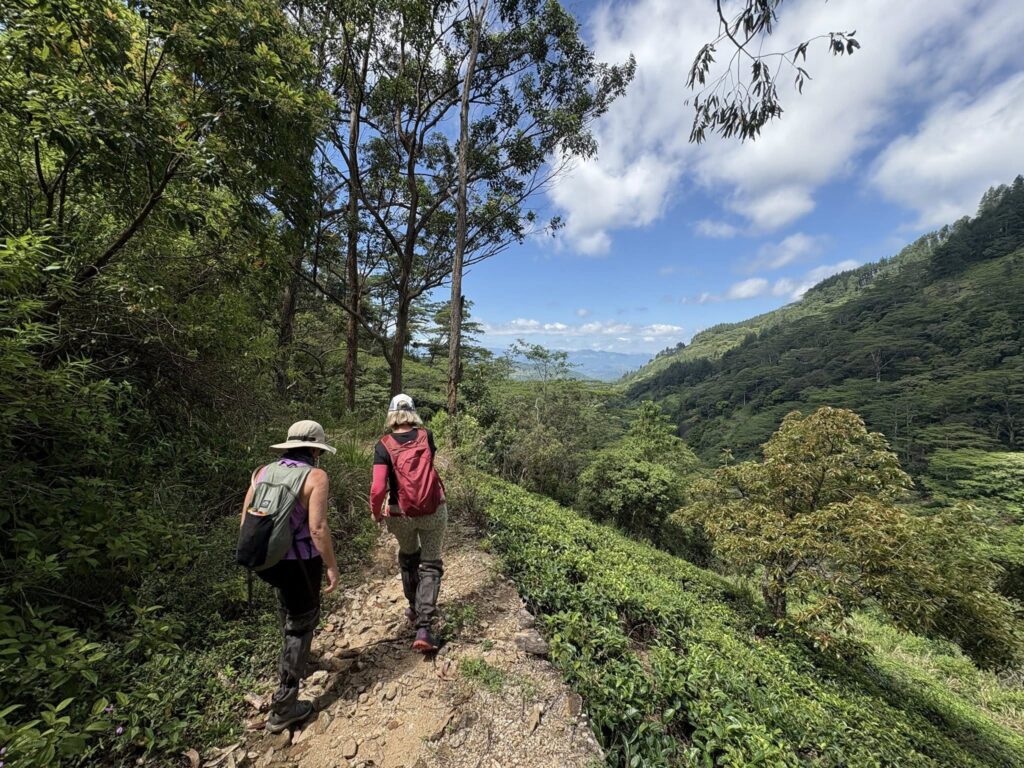
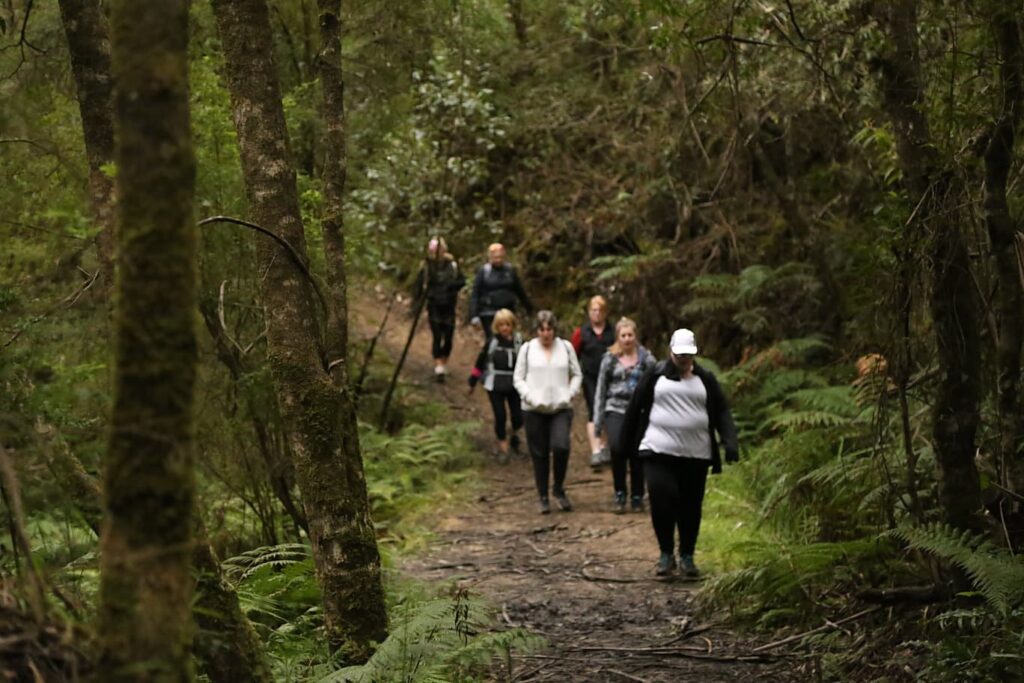
There are a few things you can do, both to help regulate your effort and to use a little brainpower to make that stretch of trail a happier place. You know that old story of the hare and the tortoise? The hare sprints ahead, then stops again and again, while the tortoise sets a steady pace and ends up winning the race. On the trail, it’s usually the tortoise approach that gets you to the top feeling strong and satisfied. When you push too hard into your red zone, your body produces more lactic acid, which takes energy to clear and makes recovery harder. The more times you spike into that red zone, the quicker it builds up, and the harder it is to get going again. That’s why staying in your “orange” zone — working hard, but not so hard that you have to stop — is usually the smartest way to go.
One friend of mine has a clever trick for keeping her mind off the burn. When things get tough, she goes to her happy place — her favourite golf course — and plays an entire round in her head. She pictures each shot, the club she’d choose, the lie of the ball, the fairway, the trees, the approach to the green, and the putt. Every detail. By doing this, her mind shifts away from what her body is going through, and before she knows it, she’s worked her way through a difficult section of trail without even realising it.
Another method is all about rhythm. You can set a walking tempo — start with a steady 1, 2, 3, 4 count and then repeat in patterns like 2, 2, 3, 4, 3, 2, 3, 4. It’s a simple way to lock into a pace that keeps you in the orange zone. This rhythm regulates breathing, keeps effort consistent, and is best started at the bottom of a climb at a pace that’s well below your maximum. That way, you can sustain it for the whole uphill without creeping into the red zone.
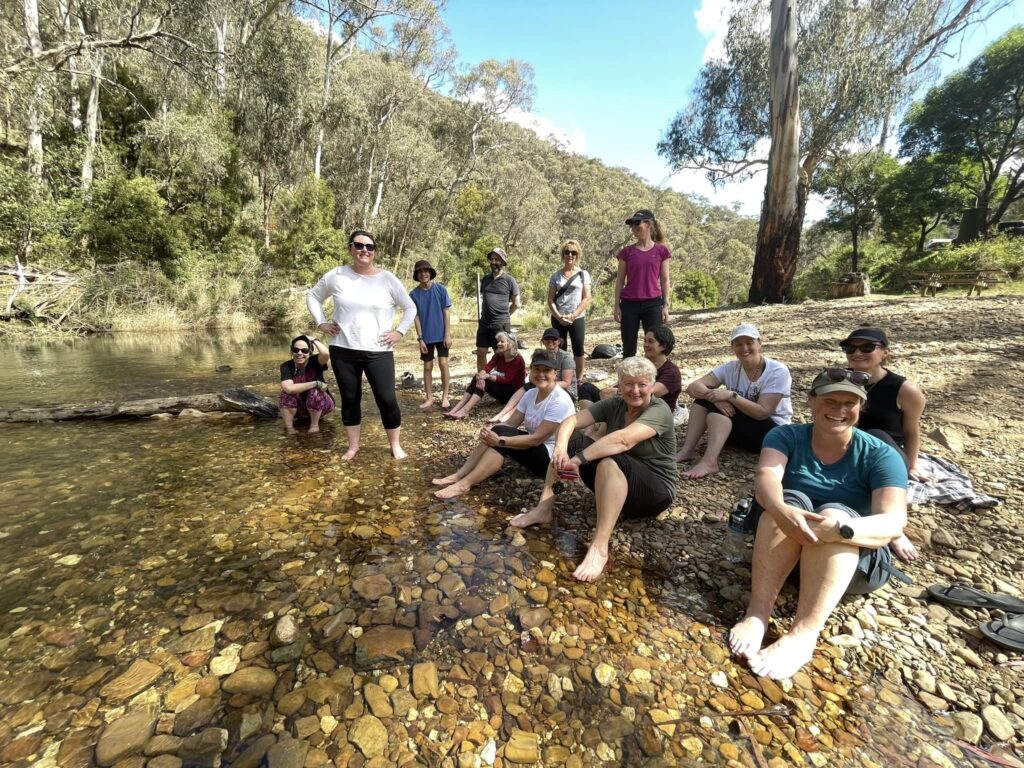
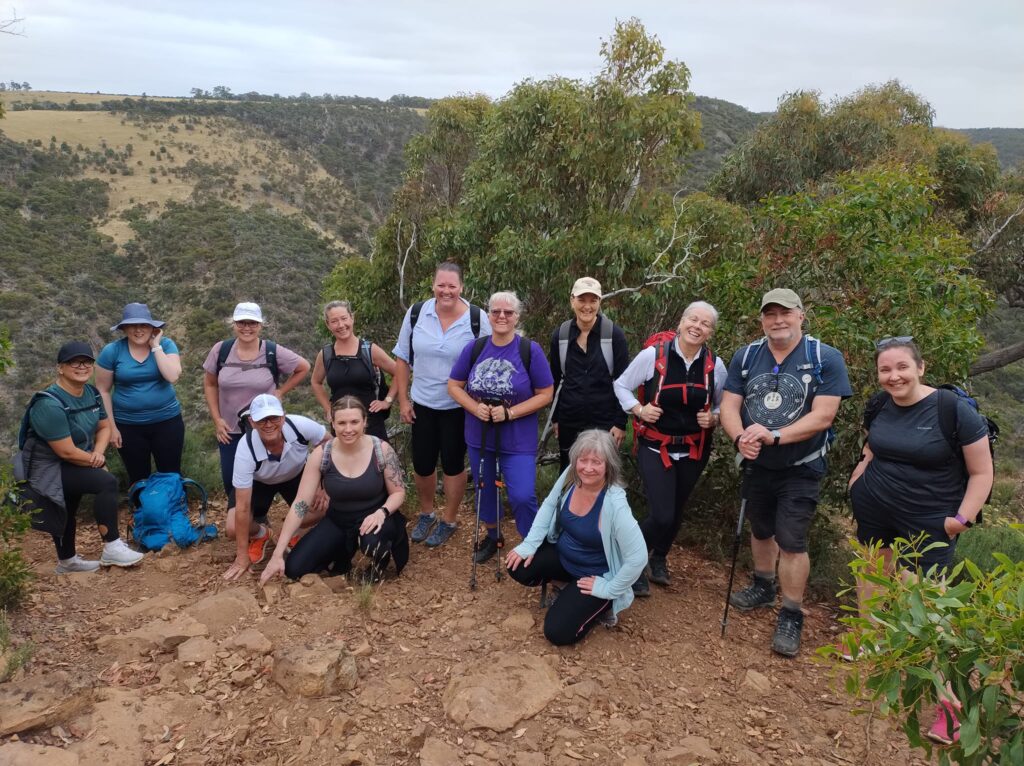
Group hikes offer another handy tool. Sometimes, matching someone else’s pace can help you regulate your effort. You might think you’re going too slow because there are people behind you, but often the person following says, “No, your pace is perfect for me.” For people who tend to push too hard and stop frequently, pacing alongside a moderate hiker can help you sustain a comfortable effort for longer.
A simple, yet often overlooked tactic is to pick a point further along the trail than your last stop — maybe a tree, a bend, or a rock outcrop. The goal isn’t to push harder to get there, but to move smarter, controlling the energy it takes to reach it. Over time, you can stretch these intervals, going from one minute of effort, to two, to three. This avoids the “full steam ahead, then crash” approach that wears people out halfway up a hill.
Finally, it’s worth thinking about your mindset. Hard things are good — not necessarily at the moment, but later, when you’re rewarded with a sense of achievement and satisfaction. And if you can get there without completely turning yourself inside out, isn’t that an amazing way to experience a hike?
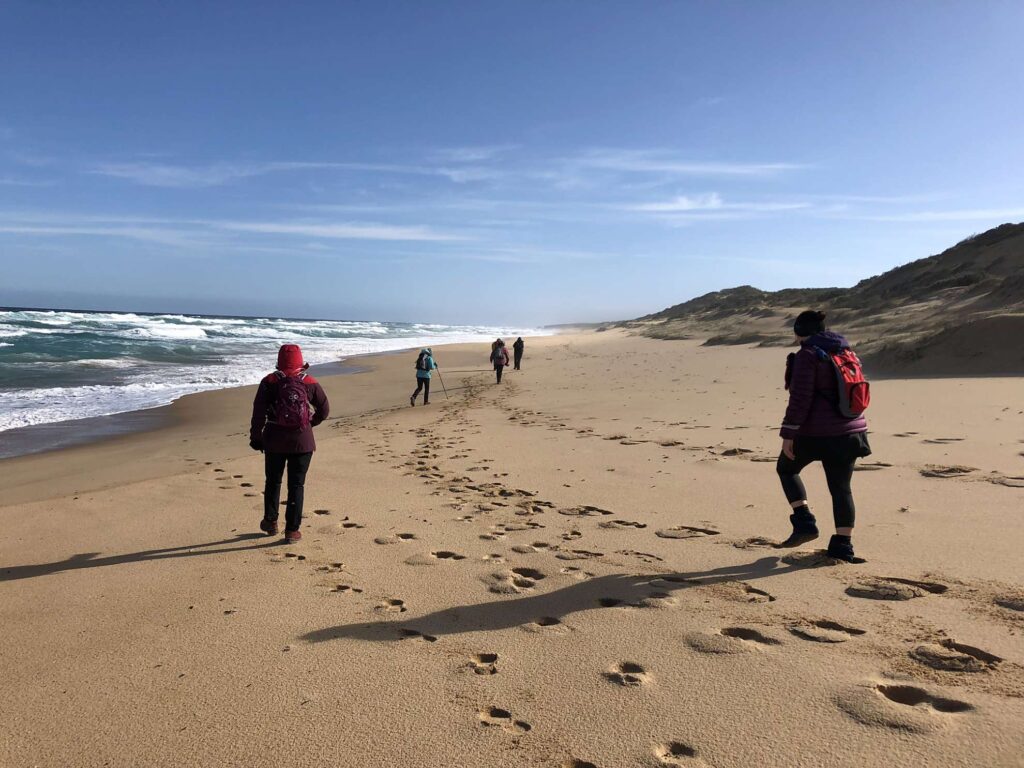
So whether you’re mentally playing a round of golf, locking into a steady rhythm, pacing alongside someone else, picking further landmarks, or simply reframing the challenge as a positive, these little techniques can turn the toughest sections of a hike into the most rewarding ones. And that’s why there’s a picture of golf clubs here — a small reminder that sometimes the best way to get up a hill is to let your body work steadily… while your mind plays the long game.


